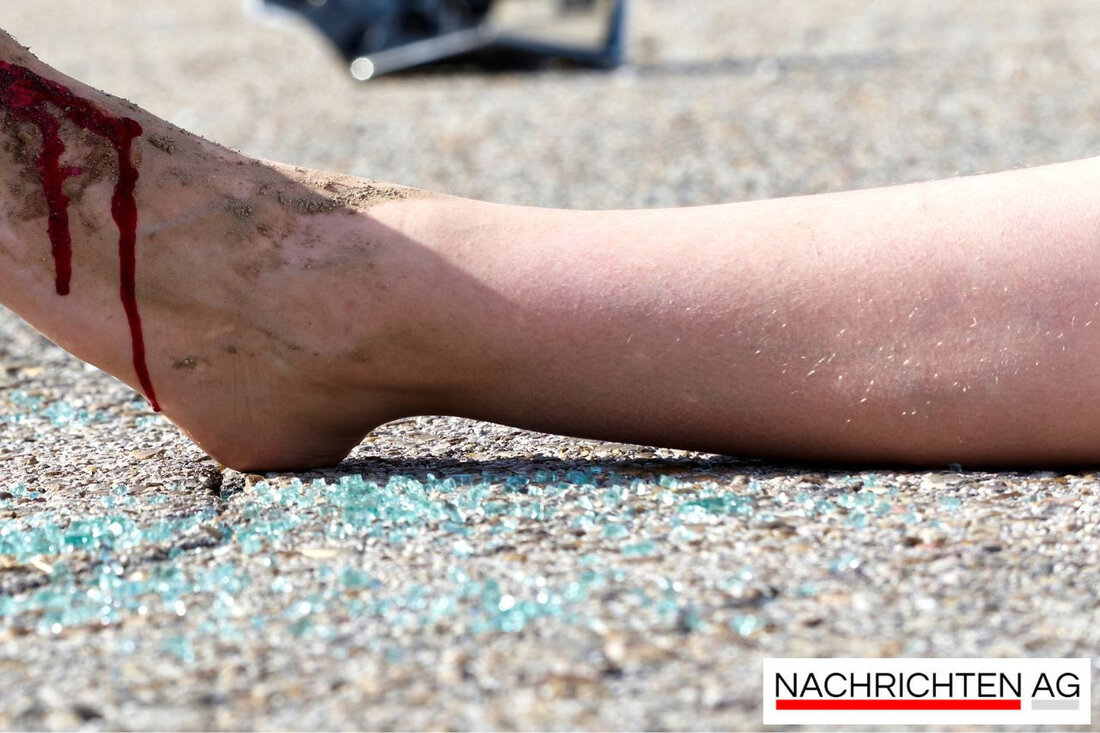Saarland is becoming more bike-friendly: great progress in the construction of cycle paths!
The expansion of cycle paths in Saarland is gaining momentum: the SPD government is planning over 10 kilometers of new cycle paths by the end of 2025.

Saarland is becoming more bike-friendly: great progress in the construction of cycle paths!
Efforts to improve the cycle path infrastructure in Saarland are showing progress, especially under the SPD sole government. However, development is not without challenges and the expansion of cycle paths has been severely limited in recent years. While practically no new cycle paths were created under the previous black-red state government, the situation has gradually improved since Transport Minister Anke Rehlinger (SPD) took office. According to the Saarbrücken newspaper On average, only 1.5 kilometers of cycle paths were built per year, and construction came to a standstill from 2017 to 2019.
In 2024, however, over 6.3 kilometers of cycle paths were created, and a further 2.6 kilometers are expected to be added by the end of 2025, although this depends heavily on weather conditions. To expand the cycling infrastructure, 6.3 million euros are planned for 2025, a significant increase compared to the 900,000 euros in 2019.
Investments and challenges
Although financial resources have increased, the construction and maintenance of cycle paths are expensive. The prices per kilometer vary greatly, as the following examples show: The cycle and walking path on the L 133 (1.2 km) costs 1.2 million euros, whereas the one on the L 143 only costs 310,000 euros for the same route. These differences are often due to the route and negotiations with property owners. These ownership conditions and the property owners' price expectations often represent a major challenge for rapid expansion.
A comprehensive cycling plan for Saarland (RVP) is seen as a central instrument for promoting cycling. This plan not only provides an inventory of the cycle path infrastructure, but also a systematic presentation of the necessary improvement measures. The aim of this is to optimize the cycle path infrastructure and meet increasing requirements. The cycling plan also describes, among other things, how connection points can be created with other means of transport and offers various services for cyclists, supplemented by a comprehensive one Cycle path database.
Long-term goals and outlook
The RVP aims to create a nationwide cycling network totaling around 1,200 kilometers. This requires investments of around 25 million euros for the construction of new cycle paths and an additional 5 million euros for necessary existing improvements. Measures such as closing network gaps and improving existing quality are essential to increasing the attractiveness of cycling in Saarland. Despite the challenges and the fact that the cycling plan was originally announced for 2022, it is currently being updated to meet the dynamic requirements.

 Suche
Suche
 Mein Konto
Mein Konto